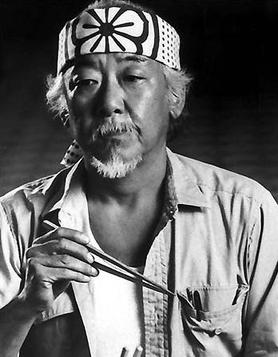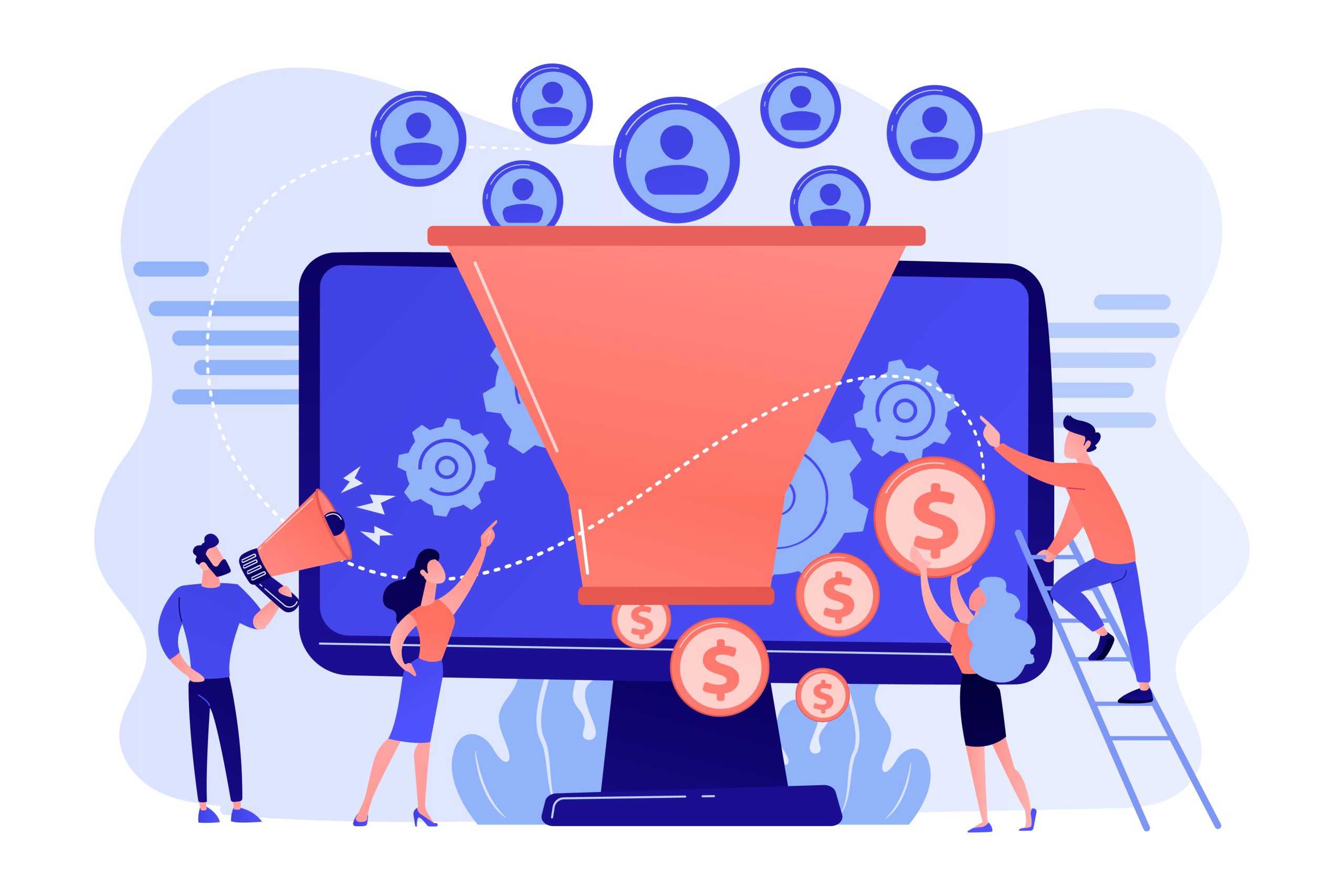The 5 best practices for building a successful corporate mentorship program in 2024
Starting a corporate mentorship program has become more formalized (and digitalised) over the past 20 years. Whilst the role of mentors and mentees can still form organically, a more structured approach can actually benefit its employees and the business in the long-term.
Whilst some people might seem like natural candidates to be mentors (the vocal ones), sometimes there are dark-horses in the ranks, that just need the right tools and support to distribute their unrivaled knowledge.
These 5 best practices for a corporate mentorship program will hopefully be the driving force in your business starting a mentoring program at work.
- Define your goals - what’s the purpose of the program?
- Recruit Mentors - recruiting eligible mentors
- Recruit Mentees - Promote your program and get registrants
- Track and Measure - Use software and processes to monitor progress and program engagement.
- Convert Mentees to Mentors - From Mentee to Mastery, the new lifeblood of the corporate mentorship program.
Define your goals - what’s the purpose of the corporate mentotship program?
Everything has to have a goal. What was the catalyst for the business believing it needs to develop a mentorship program. A request from an employee or HR manager, diminishing results in a certain department, or a company wide consensus?
Once you understand the problem you are trying to solve with the corporate mentorship program, you can then find the best mentors and support systems to succeed.
The size of the company and your role within the business will influence whether you take the bold move of rolling out the program system wide, as part of a wider directive, or go bespoke with a small focus group to start.
Possible goals that justify a corporate mentorship program.
For some businesses, a corporate mentorship program is already well instilled, but for others business, often of a smaller size or in their infancy, a formalized corporate mentorship program might feel like an alien concept.
However, there are many examples across a vast range of industries, where the introduction of a structured corporate mentorship program will ensure employees not only meet the standards needed from a performance standpoint, but subsequently have an increase in confidence to not only execute but also lead future mentees.
Other catalysts might be the cause for a rapid introduction of a corporate mentorship program.The launch of a new product, the retirement of a long-term employee or business owner, a new certification/audit standard to meet, are all valid reasons as to why a company might need to introduce a formalized employee training program.
All of these goals have an intangible link to revenue. Whilst a corporate mentorship program will incur costs both financially and in the form of time and a fractional reduction in resources, the medium to long term impacts can have a seismic effect on the company, its growth, employee engagement {link} and its standing amongst the competition.
Recruit Mentors - Those with mastery

There is nobody more suitable to teach the inner workings of the business, than your most experienced employees.
However, recruiting mentors may present more challenges than first meets the eye. A mentor (usually) has some level of seniority, and a breadth of experience, that makes them most suitable to be a mentor.
But if you’ve got your Lieutenant running drills at basecamp, who is out leading the troops on your projects.
It's a tug of war between the short term and long term objectives of the business, and there will be moments, where the short term has to take a rightful pull to keep a client or project onside.
Thats why creating processes and even utilizing a SaaS solution for your corporate mentorship program may ease the burden on all parties.
The mentor is not supposed to have the answers necessarily in the delivery of the material or how can you help extract this information from the mentor and get it into a shared workspace.
The key for any business is empowering your senior team members to deliver a successful corporate mentorship program via the means of defined processes and best-in-class technology that doesn’t detract from their core responsibilities.
Also, mentors are intuitive, that's what got them to be mentors. They’ll know that this tug of war on their time and resources is likely to take shape in the future. If they end up being overworked, there must be some sort of remuneration in the form of overtime, or that promotion-in-the-offing to help dissipate any resistance to why the mentorship program is so critical.
So what makes a good mentor? We have a full article detailing how to earmark those with mentoring potential in your business.
Recruit Mentees - Promote your program and get registrants
Wayne’s World “Build it and they will come” - no, they won’t, unfortunately.
Depending on the goals of your program, you may have some participants already in mind, but now you need to sell the dream. You might even need to offer free pizza. But the end results could be truly astounding. Link to study.
Employing marketing tactics to win the hearts and minds of your potential mentees, will be essential. You need to create a feeling of curiosity, exclusivity, and urgency.
If you don’t have an internal marketing team to help with all the collateral, at least including it in your newsletter, and recording some videos and teasers will be enough to get you going in the right direction.
Promote the program ahead of time (and multiple times)
Sometimes people miss emails, and you wouldn’t want them to miss something as important as the launch fo the businesses first corporate mentorship (kw) strategy. Promote the coming soon, let them know when registrations will open, and peak their curiosity with some teasers about the program.
Doors open
Let everyone know that the chance to apply is open and there are limited spaces (exclusivity)) so get your spot reserved by applying now. Set a time window for when people can enrol (urgency)
Doors closing
Sending out some final reminders of the window closing, and even some extra teasers to Sometimes a success story from someone who has been through the program, or benefitted from one in their past company so greatly they now hold X position at your company may turn even the most suspicious employee into a curious meerkat.
Track and measure performance of the corporate mentorship program
A mentoring tracking system (not GPS!) is typically done through some sort of software, or at minimum a shared cloud document where progress is recorded.
What’s considered progress?
Circling back to the goals of the program will help determine what metrics need to be tracked. Whilst some records like ‘attendance’ are universal across departments, dependent on the ‘tier’ of mentor and mentee, different requirements may need to be met based on the individual aspects of the program. For example, someone being trained to pass a qualification that is mandated at a federal level, might require higher benchmarks to be made, or a longer mentorship program to go from mentee to oracle status.
Using a tool search as LearnDash is a nifty LMS tool through WordPress, that can be interwoven with your corporate mentorship program, by providing student (mentee) logins, course materials and tests.
Qualitative data also plays an important role, and getting written feedback after sessions or important milestones is important to make adjustments to the program before engagement dwindles, or the goals become further out of reach.
Drop-in or anecdotal feedback is also important to get at the start, beginning or end of the program. The aim here is to have a discussion that yields more insight to common answers curated through feedback forms, or propose ideas and resolutions to see if they are met with appraisal by mentees and mentors.
From Mentee to Mr Mastery - Helping mentees become mentors
Creating an environment that breeds happy, experienced and altruistic employees, is the lifeblood of any corporate mentorship program. Mentors may want to take a break, or may have to for family/personal reasons, or take on a new role in the company that has certain demands to acclimatize to.
Assuming all graduates are ready to become willing mentors is also a false prophecy. After a ‘grueling’ mentorship program, some mentees may want to enjoy some time away from the digital classroom or on-site visits.
Stories of what roles or companoies successful mentors are now undertaking, or retiring from (from all the dosh) might again add some allure to the program, and illustrate how it can have a positive impact on a mentees CV and future career prospects whether at your company or elsewhere.
And if it's not obvious at first sight where the next mentors are lurking in your company, but you've been collecting your data, and defining your ideal mentor's characteristics, you’ll know which graduates have the potential to breathe new life into the program and help shape the future of the company and its employees.
